Residencia Sangchonjae (상촌재)
9.8Km 2023-08-17
Jahamun-ro 17-gil 12-11, Jongno-gu, Seúl
NUHADANG [Korea Quality] / 누하당 [한국관광 품질인증]
9.9Km 2020-09-10
49-7, Pirundae-ro, Jongno-gu, Seoul
010-9692-1330
Guesthouse Nuha is a ‘hanok’ or traditional Korean house consisting of four guestrooms located in Nuha-dong, Seochon (west of Gyeongbokgung Palace, Jongno, Seoul) where many Confucian scholars and artists lived during the Joseon Dynasty.
Exuding a refined atmosphere, Guesthouse Nuha is very popular among not only domestic visitors but also foreign tourists who want to experience the flavor of Korea in a cozy hanok. All four guestrooms (An-bang, Sarang-bang, Geul-bang, and Byeol-dang) are covered with eco-friendly hanji (traditional Korean paper handmade from mulberry tree) wallpaper, and are equipped with a thick cotton-wool comforter and pillows imbued with the scent of Hinoki cypress tree to help guests relieve their fatigue.
Breakfast is served free of charge. Guests can also experience traditional Korean culture here, such as playing a Korean musical instrument (janggu or double-headed drum), playing a game of yut in the yard, or wearing hanbok (traditional Korean clothes). Although a local bus service passes through the village, it is highly recommended to take a quiet leisurely around the area.
Ijo Myeonok (이조면옥)
9.9Km 2021-03-29
353, Yangcheon-ro, Gangseo-gu, Seoul
+82-2-3661-3457
It is a famous restaurant where people wait in line to eat naengmyeon (Korean cold noodle) with raw fish. This restaurant's signature menu is cold buckwheat noodles with raw fish. This Korean dishes restaurant is located in Gangseo-gu, Seoul.
Nuwa [Korea Quality] / 누와 [한국관광 품질인증/Korea Quality]
9.9Km 2021-03-29
3-1, Pirundae-ro 5na-gil, Jongno-gu, Seoul
This hanok (traditional Korean house) is located deep in the Seochon Village, west of Seoul’s Gyeongbokgung Palace. Its tasteful renovation of a small 33 m2 hanok made it highly popular among the younger guests. The courtyard has a low maple tree and tastefully arranged stones, while the hanok is capable of accommodating up to 2 persons.
This L-shaped hanok has a full window wall facing the living room, which is furnished with a low walnut table and a bathtub. Visitors can enjoy premium tea at the table. The bathtub, which is connected to the table at one end, can be used mainly for a foot bath with bath salts that assist circulation. There is also a restroom in the building.
Nuwa’s bedroom has a circular window, much like the full moon, with a view of the garden and the fringes of the Inwangsan Mountain.
Haeunjae / 하은재
9.9Km 2025-08-12
68-10, Jahamun-ro, Jongno-gu, Seoul
Haeunjae (下隱齋), meaning “hermit’s residence,” is a hanok (traditional Korean house) residence located in Seochon Hanok Village, near Gyeongbokgung Station on Seoul Subway Line 3. It is dedicated to the ideal of “movies and rest,” and takes after the characteristic form of modern hanok with a small courtyard. The entire house is rented out at once, with a queen bedroom, kitchen, movie room, and two restrooms. Up to 4 guests can reserve the house, with each additional guest above the standard of 2 having access to additional bedding.
The movie room is furnished with a Bose sound system, beam projector, and screen, along with a mobile foot bath. The kitchen is equipped with a refrigerator, hand drip coffee maker, toaster, electric kettle, and utensils. A 10% discount is available for guests staying for more than 2 nights on weekdays, and towel replacement and cleaning services are offered for guests staying for more than 3 nights.
The residence is located close to tourist sites like Tongin Market, Gyeongbokgung and Changdeokgung Palaces, and Samcheong-dong area.
Mangwon-dong suchanggol (망원동수창골)
9.9Km 2021-03-30
3, Mangwon-ro 11-gil, Mapo-gu, Seoul
+82-2-322-3230
It is a place where you can choose the dishes spicy flavor. The best menu at this restaurant is beef small intestine hot pot/pork small intestine hot pot. This Korean dishes restaurant is located in Mapo-gu, Seoul.
Mercado Tongin (통인시장)
9.9Km 2025-08-08
Jahamun-ro 15-gil 18, Jongno-gu, Seúl.
Ca'del Lupo (까델루뽀)
9.9Km 2020-04-27
5-5, Jahamun-ro 16-gil, Jongno-gu, Seoul
+82-2-734-5233
Ca'del Lupo is an Italian restaurant, closely located to Paris Baguette in Hyoja-dong, Jongno-gu near Gyeongbokgung Palace Station. Though the restaurnat masters delicious homemade Italian cuisine on the inside, the exterior is wholly Korean. This unique combination of Hanok (traditional Korean house) style housing and Western foods is drawing a lot of people to Hyoja-dong. The great mix of both cultures can be seen in the sophisticated decorations and from the amazing food. The herbs they use are picked directly from the restaurant's personal garden. But to enjoy the atmosphere here, you will have to make a reservation far in advance.
Calle Frontal de Cheong Wa Dae (청와대 앞길)
9.9Km 2025-08-20
Gungjeong-dong, Jongno-gu, Seúl
La calle frontal de Cheong Wa Dae (también conocida como Casa Azul) está abierta al público e incluye el Hyoja Samgeori (intersección de tres calles) en Hyoja-dong y el Palpan Samgeori (intersección de tres calles) en Palpan-dong. Cuando se camina por la calle Hyoja-ro, desde la Estación de Gyeongbokgung del metro, se pueden ver una fuente, el jardín Mugunghwa, y los pabellones Daegogak y Yongbingwan. Al principio de la calle, enfrente de Cheong Wa Dae, árboles y hermosos jardines de flores decoran los dos lados de la misma, creando un agradable lugar para pasear.
Jardín Botánico de Seúl (서울식물원)
10.0Km 2025-04-02
Magokdong-ro 161, Gangseo-gu, Seúl

![NUHADANG [Korea Quality] / 누하당 [한국관광 품질인증]](http://tong.visitkorea.or.kr/cms/resource/58/2532358_image2_1.jpg)
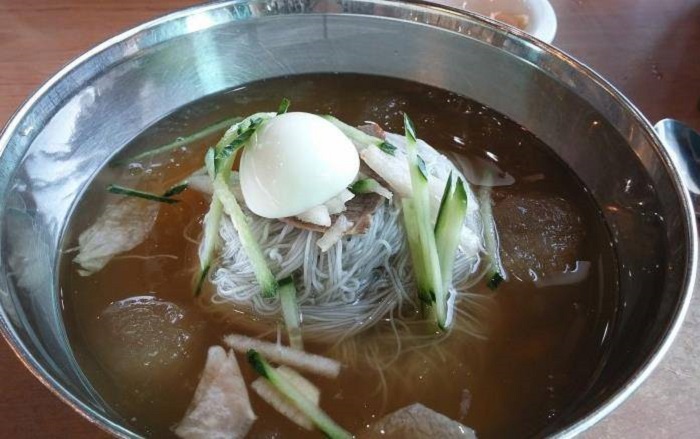
![Nuwa [Korea Quality] / 누와 [한국관광 품질인증/Korea Quality]](http://tong.visitkorea.or.kr/cms/resource/07/2707607_image2_1.jpg)
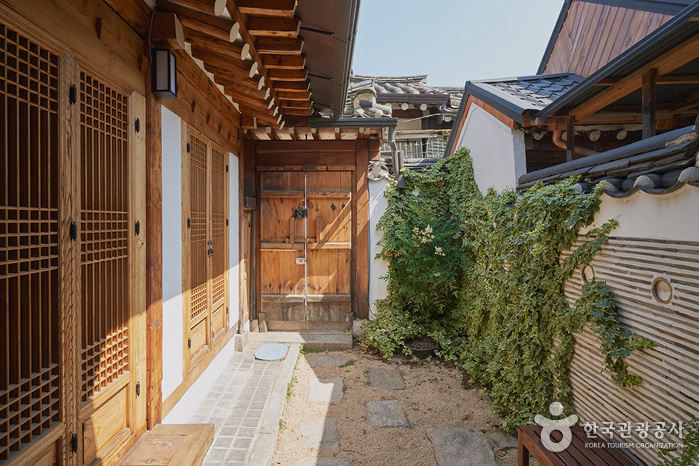
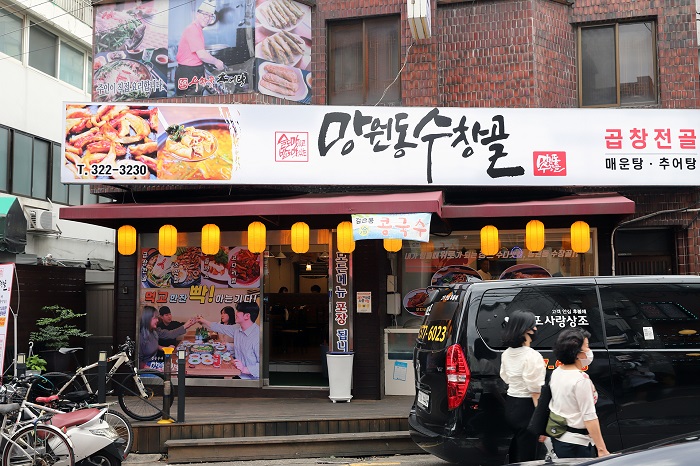
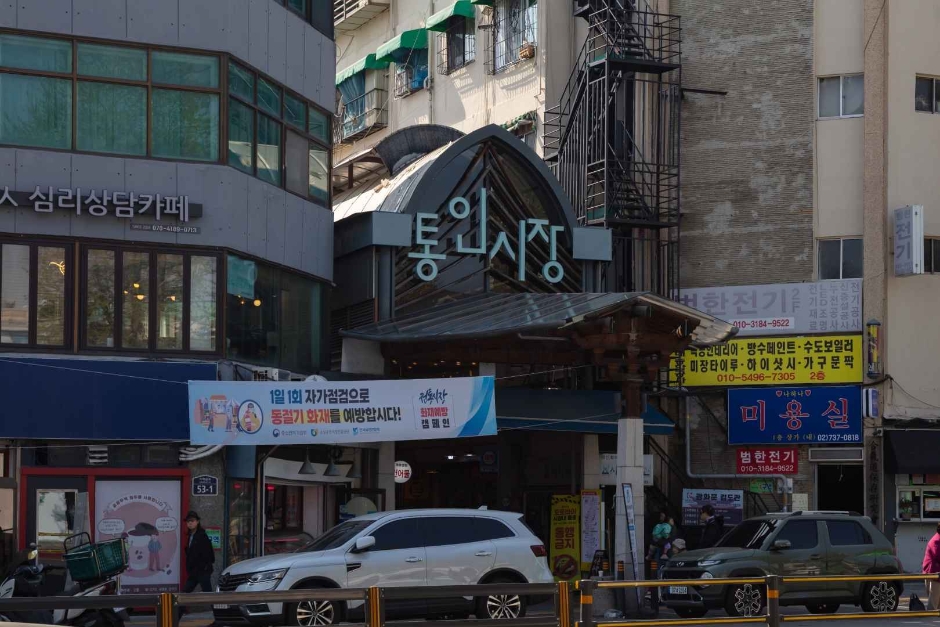
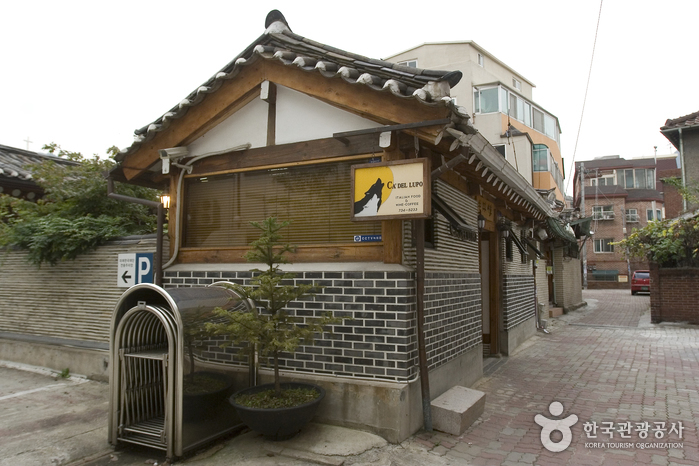
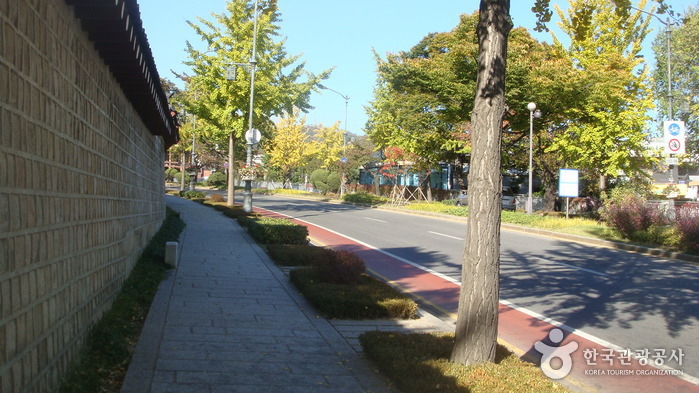
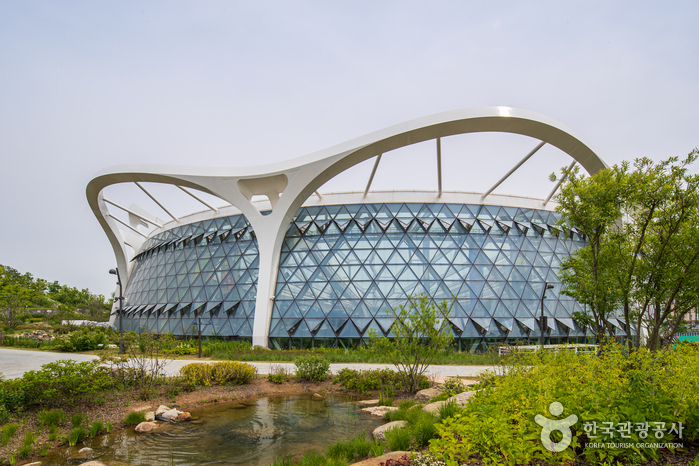
 Español
Español
 한국어
한국어 English
English 日本語
日本語 中文(简体)
中文(简体) Deutsch
Deutsch Français
Français Русский
Русский